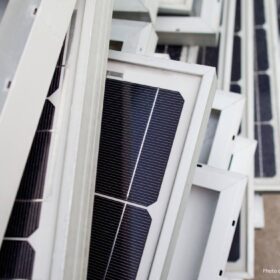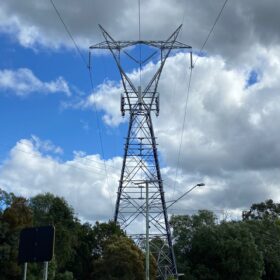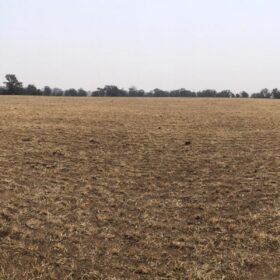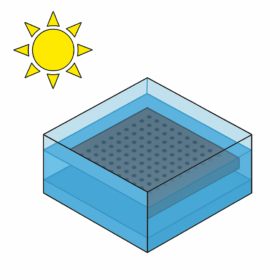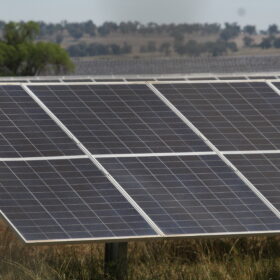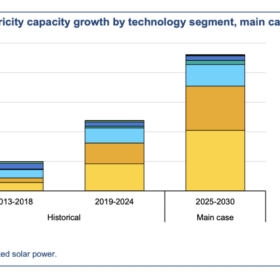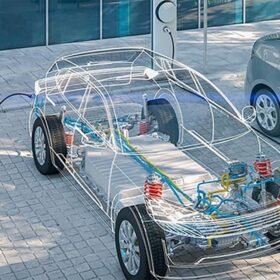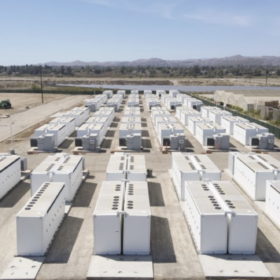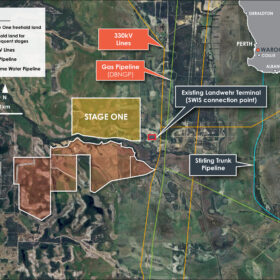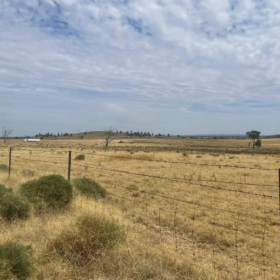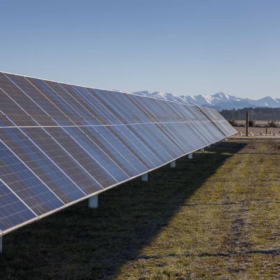Choose to reuse: second-hand solar panel resale certification proposed
Block chain-based tracking of a solar panel’s lifecycle or a national certification program for second-hand modules, are two strategies University of South Australia researchers studied in developing a game plan for keeping panels out of landfill.
CEFC annual number crunch lands on record $4.7 billion in commitments
A record $4.7 billion in 2024-25 investment commitments, more than 2.5 times the value of the previous year, have been reported in the annual report of the Clean Energy Finance Corporation.
Hybrid developments make clean sweep of Capacity Investment Scheme Tender 4
Investment confidence in solar and battery storage development is clear-cut given over 50% of 20 successful Capacity Investment Scheme Tender 4 bids are for large scale hybrid projects.
Researchers test solar panel cooling using stagnant water layer
Researchers have developed a stagnant water layer cooling concept and tested it using seawater, tap water, and desalinated water. The panel temperature decreased by up to 8.2 °C, while power output increased by approximately 28%.
Australian researchers achieve 27.06% efficiency with triple-junction perovskite solar cell
A team of researchers led by the University of Sydney has fabricated a triple-junction perovskite-perovskite-silicon tandem solar cell that achieved a power conversion efficiency of up to 27.06% and set new standards for thermal stability.
Potentia lands IPC approval for 1 GW solar and battery project
The 1 GW Tallawang solar and battery hybrid project being developed in central west New South Wales has secured final state planning approval after being forced to an independent tribunal after attracting more than 50 objections.
IEA lowers 2025-30 forecast for solar growth
The International Energy Agency has cut its 2025–30 renewables forecast by 5%, citing lower solar additions, though PV still represents nearly 80% of 4.6 TW expected growth.
Charge ahead: Designing V2G systems to transform EVs into grid-enhancing powerhouses
Electric vehicle sales and renewable energy production are on the rise globally. The United States alone added 5.8 million light-duty electric vehicles to its roads as of 2023, leading the US Department of Energy to predict that electricity demand for EV charging could increase overall US electricity consumption by 20-50% by 2050.
Operational faults cut returns in 19% of battery storage projects
A recent report from battery intelligence firm Accure reveals that while most battery energy storage systems operate reliably, nearly 19% of projects experience reduced returns due to technical issues and unplanned downtime.
Frontier unveils expansion strategy for Waroona solar and battery project
Frontier Energy has revealed a multi-stage expansion strategy for its Waroona solar and battery project being developed in Western Australia’s southwest, targeting up to 1 GW of PV generation capacity and 660 MW of battery energy storage by 2031.
